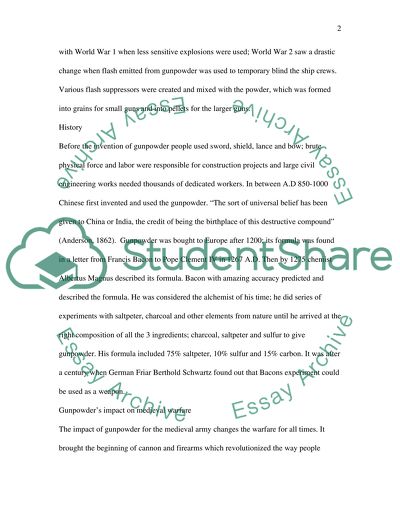Cite this document
(“Innovation in History Impact and Change How Gunpowder Revolutionized Essay”, n.d.)
Retrieved from https://studentshare.org/miscellaneous/1520742-innovation-in-history-impact-and-change-how-gunpowder-revolutionized-warfare
Retrieved from https://studentshare.org/miscellaneous/1520742-innovation-in-history-impact-and-change-how-gunpowder-revolutionized-warfare
(Innovation in History Impact and Change How Gunpowder Revolutionized Essay)
https://studentshare.org/miscellaneous/1520742-innovation-in-history-impact-and-change-how-gunpowder-revolutionized-warfare.
https://studentshare.org/miscellaneous/1520742-innovation-in-history-impact-and-change-how-gunpowder-revolutionized-warfare.
“Innovation in History Impact and Change How Gunpowder Revolutionized Essay”, n.d. https://studentshare.org/miscellaneous/1520742-innovation-in-history-impact-and-change-how-gunpowder-revolutionized-warfare.


